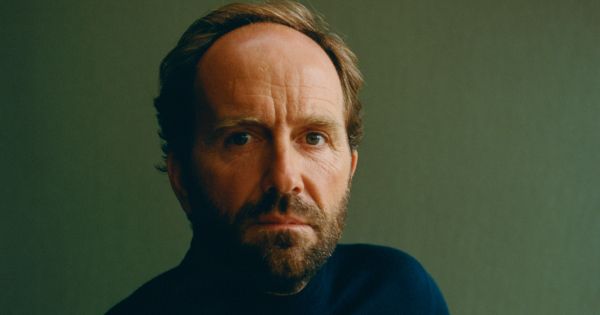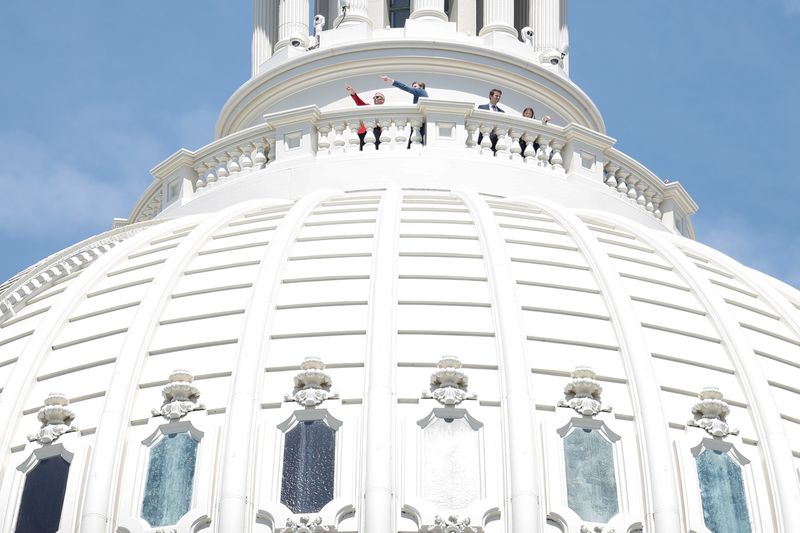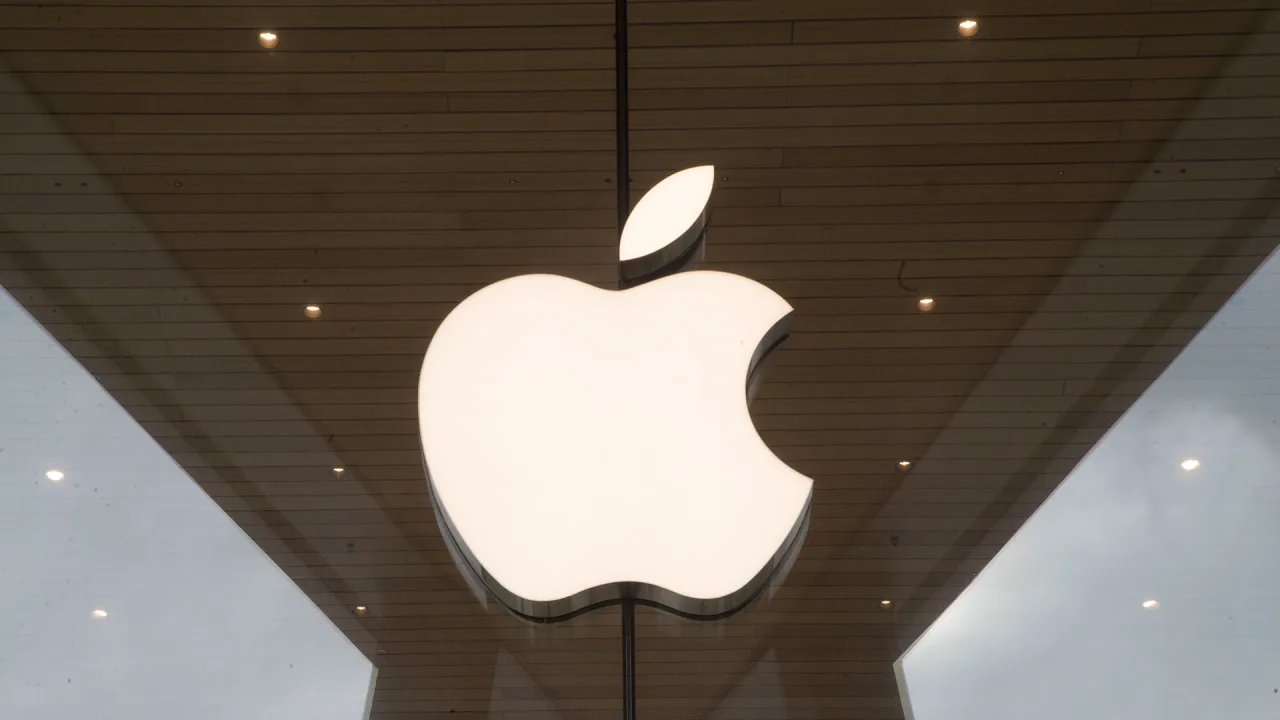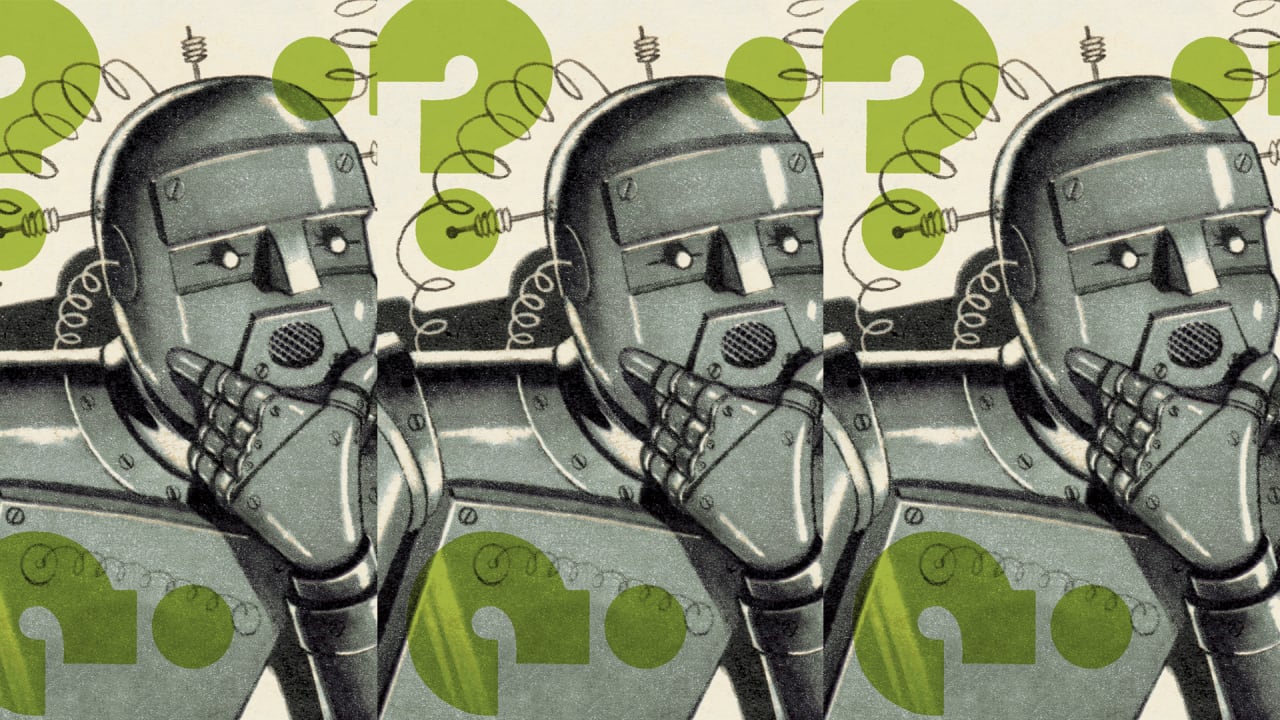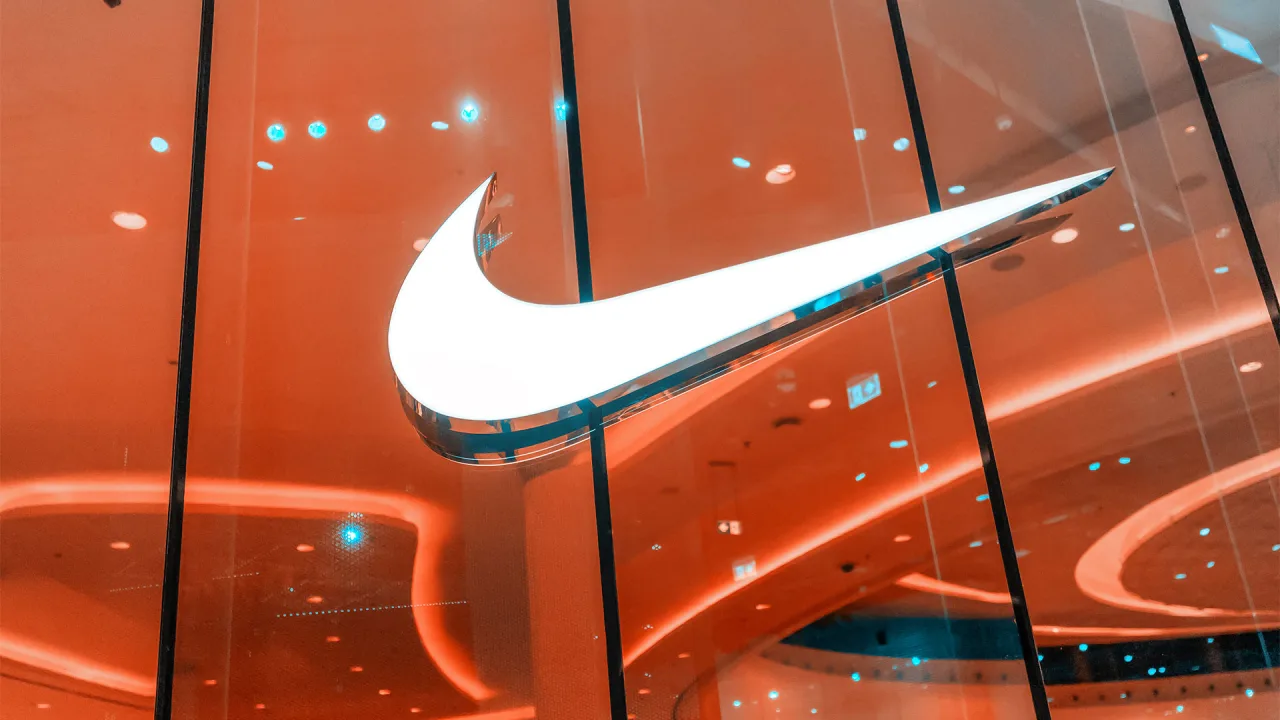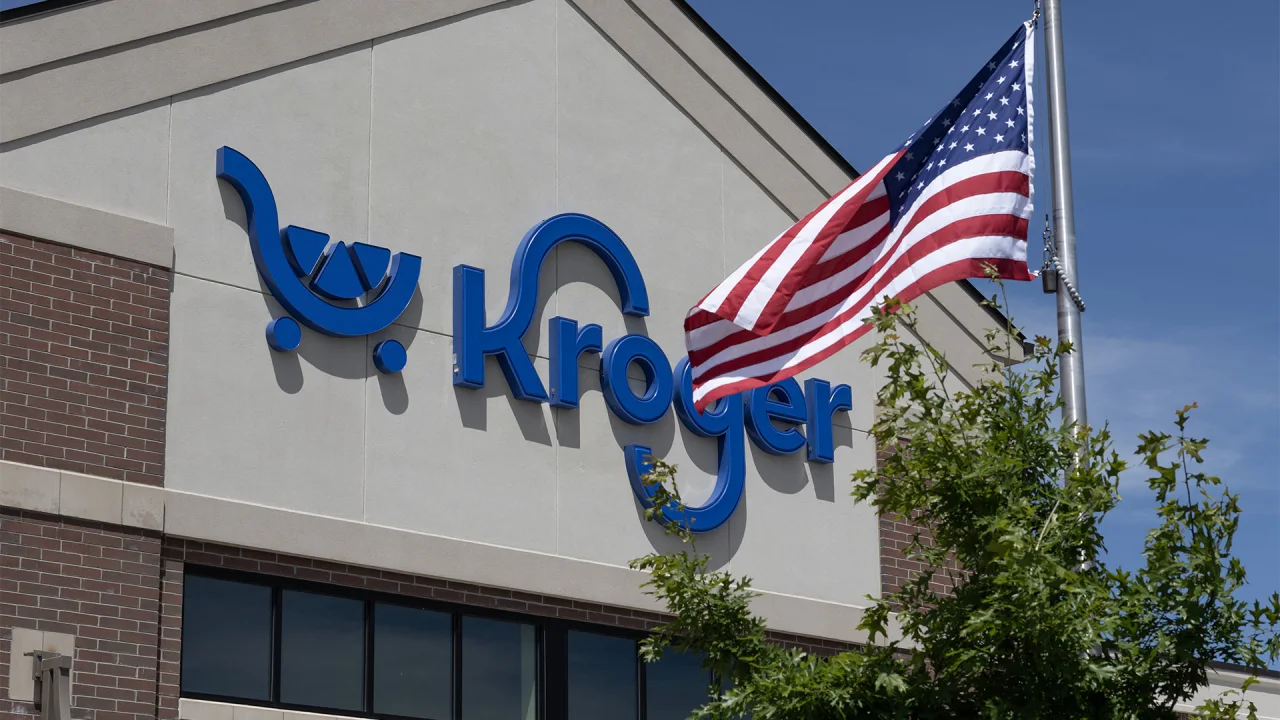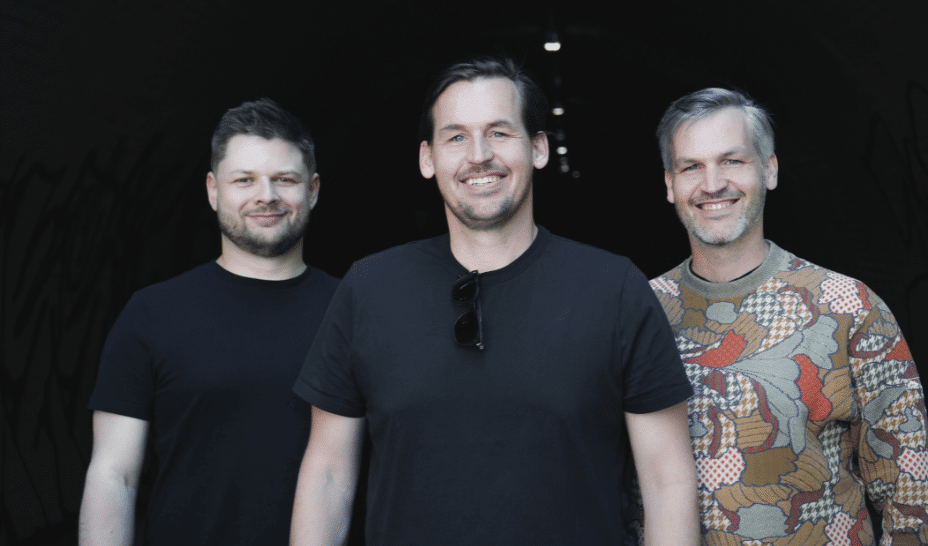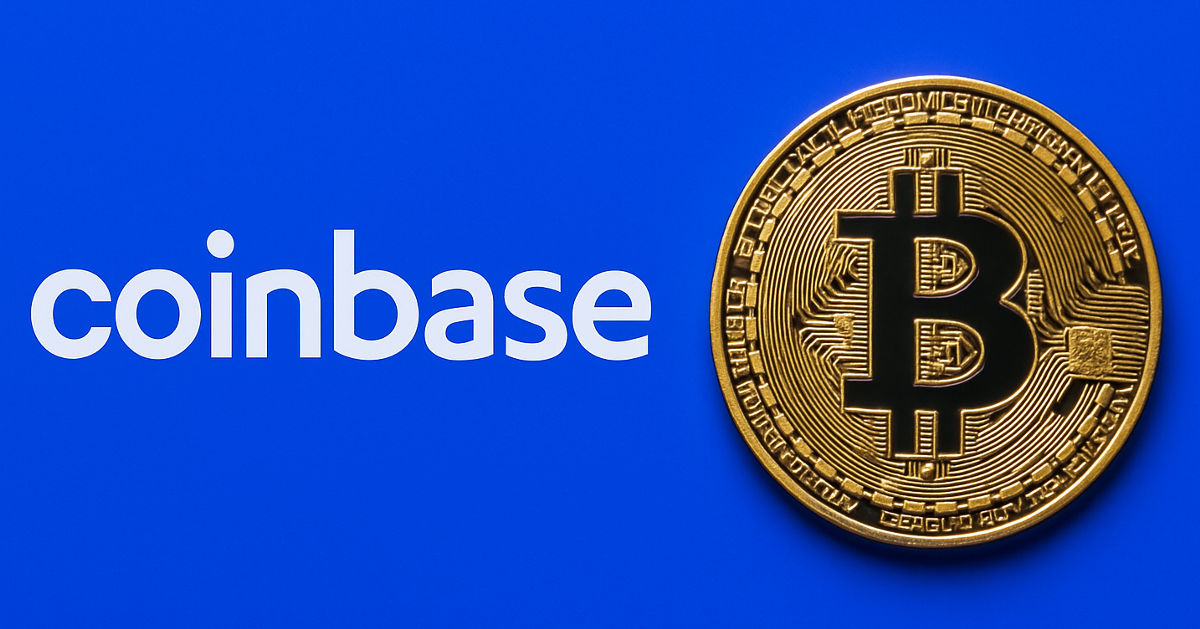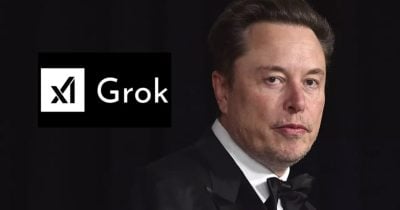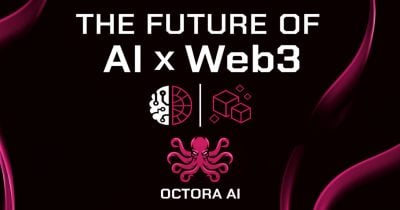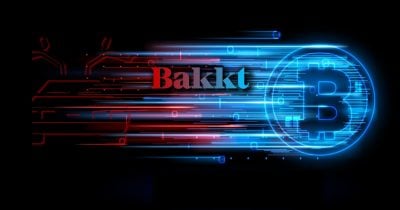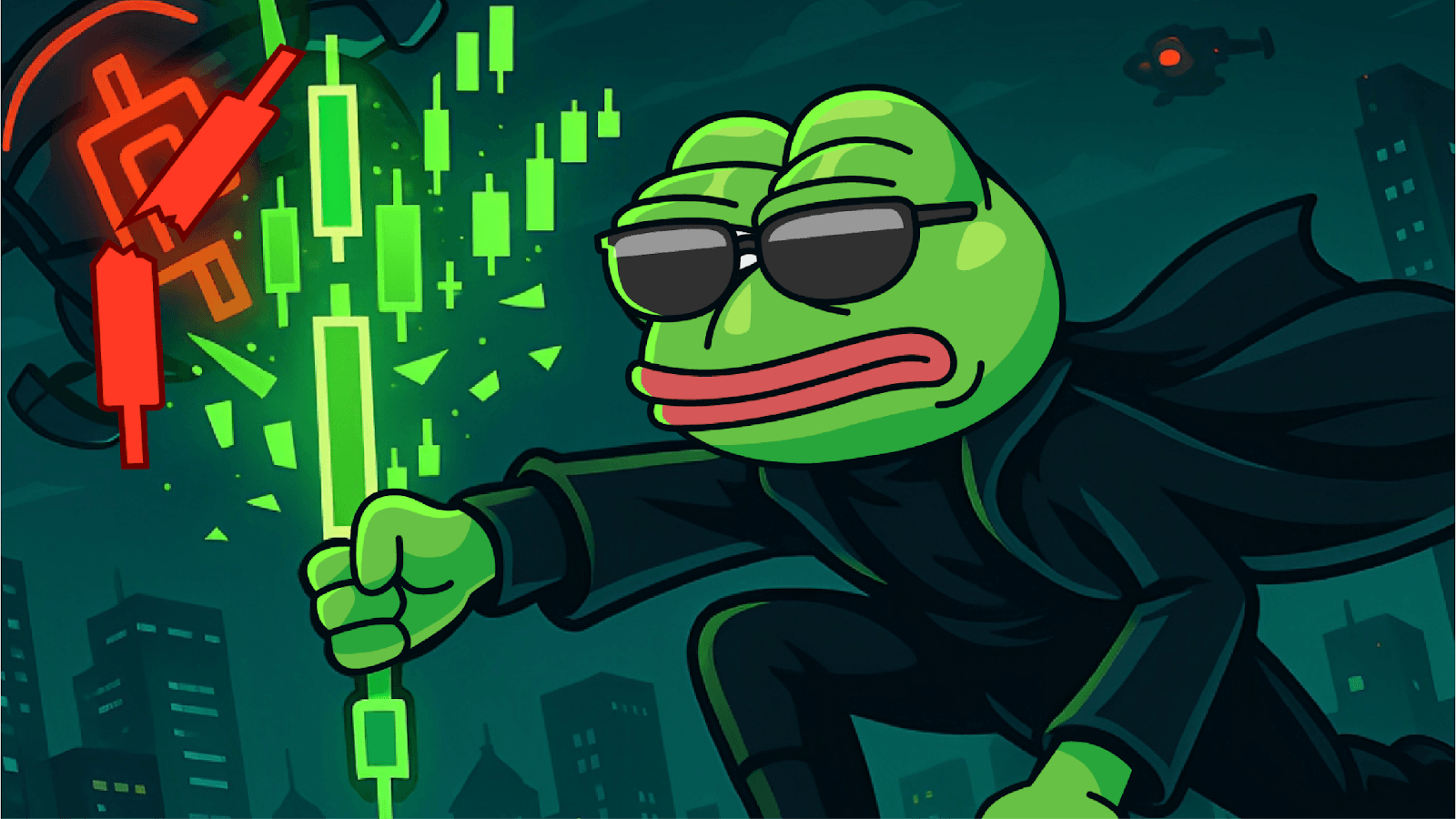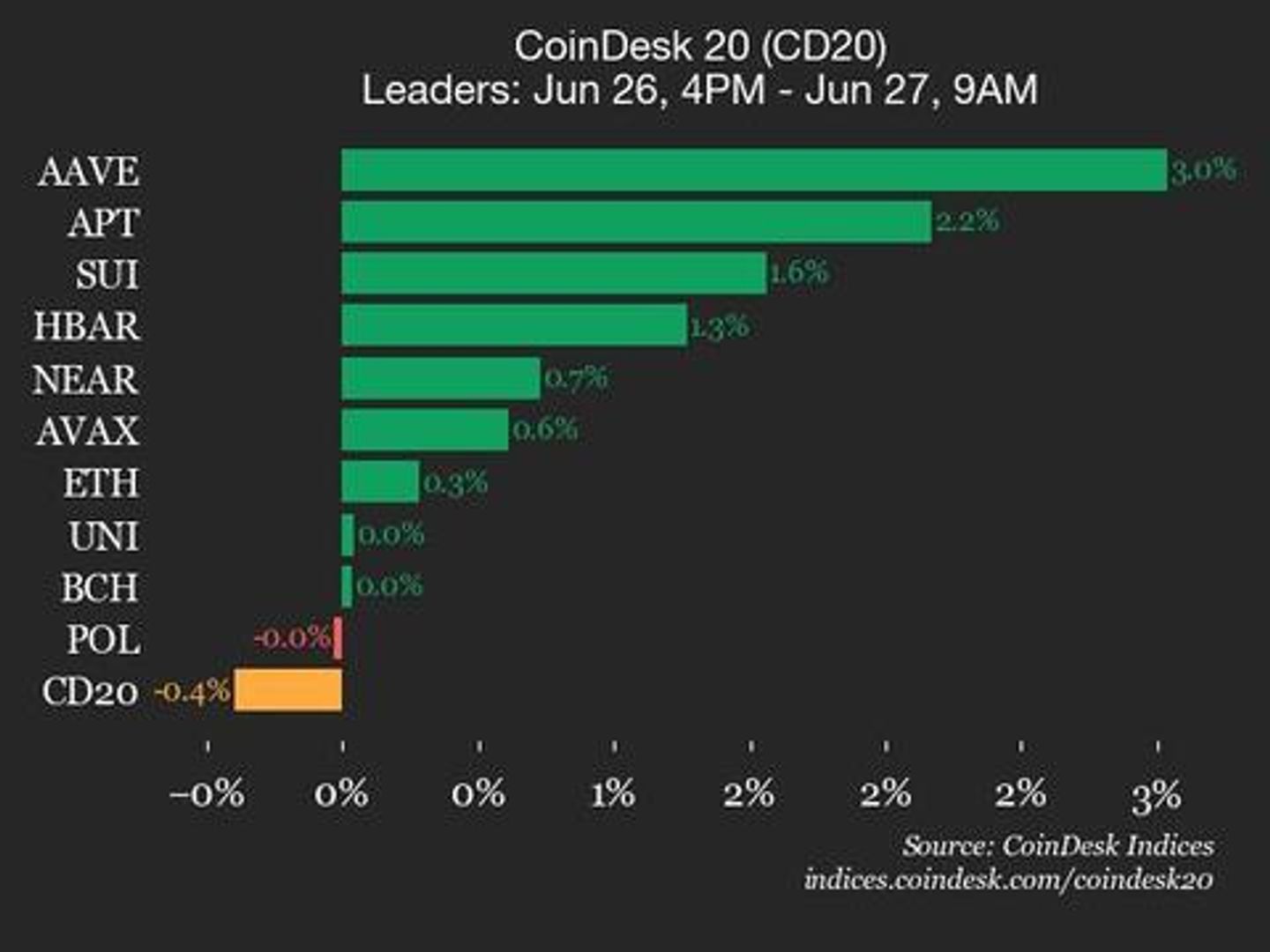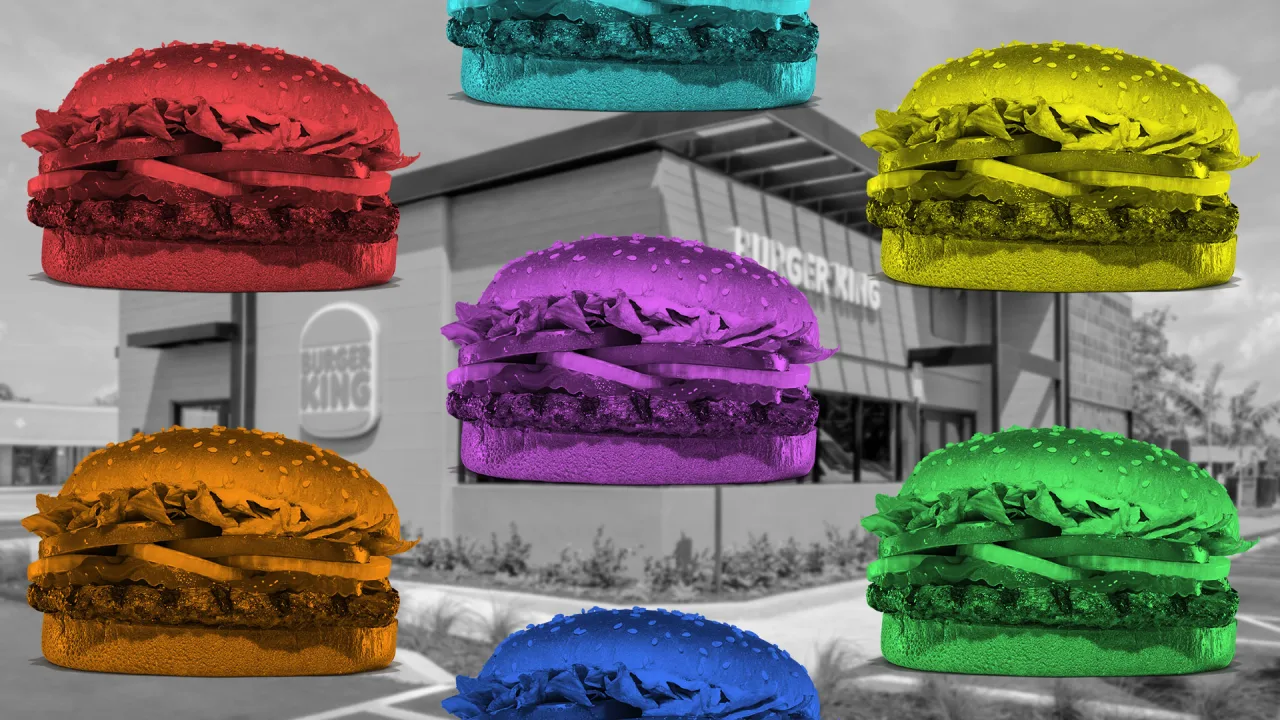Why the best leaders embrace both ‘agile’ and ‘waterfall’ thinking
Have you ever admired a leader so dialed into their long-term mission that it seems nothing can shake their focus? Every move appears premeditated, every milestone perfectly timed. Now think about a leader who seems to always be in step with the moment. Their company launches timely features, aligns instantly with market shifts, and always feels fresh. For every leader who succeeds through single-minded focus, there are others whose obstinacy has led them and their organizations to arrive at a destination that is no longer desirable. And while adaptability can be a gift, it also leads many organizations to shift strategies with each change in the winds without ever hitting on a true contribution. This tension between structure and adaptability isn’t just theoretical; it’s a foundational dynamic that has shaped industries for decades. Approaches to enterprise software development provide a useful way to gauge whether you’re leaning too far in either direction. Balancing Your Leadership Approaches Early on in the history of the software industry, a “waterfall” strategy reigned supreme. Road maps guided development, with possible major platform releases happening every one to two years, version releases quarterly, feature sets monthly, and bug fixes weekly. Teams operated with near-military precision towards long-term goals, broken down into shorter term deliverables. But as the pace of change accelerated, that model began to break down. Agile software development emerged, favoring speed, iteration, and real-time user feedback. Short sprints (often 60 to 90 days) determined what was going to be released. Each sprint on a project added features, fixed bugs, and adapted to feedback from the previous release. Unlike with waterfall, employees from across agile teams were empowered to fix things and make many changes without going through their chain of command to get approval. In our coaching work, we’ve seen that the same push and pull between waterfall and agile playing out in leadership styles and company cultures. Some leaders operate like agile systems: adaptive, fast-moving, iterative, and with a distributed decision structure. They respond quickly to new data and aren’t afraid to pivot when the market shifts. Others take a waterfall-inspired approach: structured, methodical, deeply focused on long-term outcomes, and more rigidly hierarchical. They chart a course and stick to it, often prioritizing consistency over speed. Neither mindset is wrong, but over-indexing on either one can create serious blind spots. Agile thinkers risk spinning in circles when they follow the tides. Waterfall thinkers risk charging toward goals that become outdated or foundering on unsolvable problems. For executives, the ability to integrate both approaches is no longer optional—it’s essential. Here’s how to strike that balance—and why your team’s future may depend on it. 1. Assess your own leadership style In our coaching conversations with leaders, we often start by asking them to reflect on whether they naturally lean toward structure or spontaneity. We can expand on their natural preference by administering a personality profile survey as well. Are they more likely to build a road map and stick to it, or pivot at the first sign of change? Developing this self-awareness isn’t about labeling or even changing your style—it’s about recognizing where you need balance. If you default to agile thinking, ask yourself: Are we making measurable progress? Or changing directions without setting a course? Are we building anything lasting? If you favor waterfall thinking, ask: Is our goal still relevant? What feedback are we ignoring? Which market changes do we need to take into account? During a recent coaching conversation a senior marketing leader at large hospitality company expressed frustrations about her proposed product launch, a new menu item, being challenged by her colleague who runs operations. He thought a different item would be faster, easier, and aligned to what customers recently told him they wanted. Her team had spent the last six months toward brand alignment, market research, product iterations, testing, launch planning, and marketing planning and were now finally ready to do something. Her waterfall approach and his agile approach were in conflict. Both made great points. In the end, they struck a balance between both proposals and management styles. 2. Understand when culture amplifies leadership style As a leader, you have to ask whether your company culture reflects your style or balances it. A culture determines how people behave naturally, on average, even when a leader is “not in the room.” Do people tend to work in a structured manner, with long-term goals in mind, always talking about progress against objectives? Or, does it feel like people question the current state, proposing new ideas and take initiative without seeking executive approval. Crucially, if the culture

Have you ever admired a leader so dialed into their long-term mission that it seems nothing can shake their focus? Every move appears premeditated, every milestone perfectly timed. Now think about a leader who seems to always be in step with the moment. Their company launches timely features, aligns instantly with market shifts, and always feels fresh.
For every leader who succeeds through single-minded focus, there are others whose obstinacy has led them and their organizations to arrive at a destination that is no longer desirable. And while adaptability can be a gift, it also leads many organizations to shift strategies with each change in the winds without ever hitting on a true contribution.
This tension between structure and adaptability isn’t just theoretical; it’s a foundational dynamic that has shaped industries for decades. Approaches to enterprise software development provide a useful way to gauge whether you’re leaning too far in either direction.
Balancing Your Leadership Approaches
Early on in the history of the software industry, a “waterfall” strategy reigned supreme. Road maps guided development, with possible major platform releases happening every one to two years, version releases quarterly, feature sets monthly, and bug fixes weekly. Teams operated with near-military precision towards long-term goals, broken down into shorter term deliverables.
But as the pace of change accelerated, that model began to break down. Agile software development emerged, favoring speed, iteration, and real-time user feedback. Short sprints (often 60 to 90 days) determined what was going to be released. Each sprint on a project added features, fixed bugs, and adapted to feedback from the previous release. Unlike with waterfall, employees from across agile teams were empowered to fix things and make many changes without going through their chain of command to get approval.
In our coaching work, we’ve seen that the same push and pull between waterfall and agile playing out in leadership styles and company cultures. Some leaders operate like agile systems: adaptive, fast-moving, iterative, and with a distributed decision structure. They respond quickly to new data and aren’t afraid to pivot when the market shifts. Others take a waterfall-inspired approach: structured, methodical, deeply focused on long-term outcomes, and more rigidly hierarchical. They chart a course and stick to it, often prioritizing consistency over speed.
Neither mindset is wrong, but over-indexing on either one can create serious blind spots. Agile thinkers risk spinning in circles when they follow the tides. Waterfall thinkers risk charging toward goals that become outdated or foundering on unsolvable problems. For executives, the ability to integrate both approaches is no longer optional—it’s essential.
Here’s how to strike that balance—and why your team’s future may depend on it.
1. Assess your own leadership style
In our coaching conversations with leaders, we often start by asking them to reflect on whether they naturally lean toward structure or spontaneity. We can expand on their natural preference by administering a personality profile survey as well. Are they more likely to build a road map and stick to it, or pivot at the first sign of change?
Developing this self-awareness isn’t about labeling or even changing your style—it’s about recognizing where you need balance. If you default to agile thinking, ask yourself: Are we making measurable progress? Or changing directions without setting a course? Are we building anything lasting? If you favor waterfall thinking, ask: Is our goal still relevant? What feedback are we ignoring? Which market changes do we need to take into account?
During a recent coaching conversation a senior marketing leader at large hospitality company expressed frustrations about her proposed product launch, a new menu item, being challenged by her colleague who runs operations. He thought a different item would be faster, easier, and aligned to what customers recently told him they wanted. Her team had spent the last six months toward brand alignment, market research, product iterations, testing, launch planning, and marketing planning and were now finally ready to do something. Her waterfall approach and his agile approach were in conflict. Both made great points. In the end, they struck a balance between both proposals and management styles.
2. Understand when culture amplifies leadership style
As a leader, you have to ask whether your company culture reflects your style or balances it. A culture determines how people behave naturally, on average, even when a leader is “not in the room.” Do people tend to work in a structured manner, with long-term goals in mind, always talking about progress against objectives? Or, does it feel like people question the current state, proposing new ideas and take initiative without seeking executive approval. Crucially, if the culture leans in a particular direction, how easy and safe is it for people who lean the other way to challenge the others. A lot of can depend on whether the company typically hires and promotes a “type” that matches the leader’s biases or whether it embraces individuals who bring unique perspectives and skills to the workplace.
When you build a corporate ethos in your image, you magnify your own tendencies in ways that create a harmonious work environment. People are not likely to argue with your decisions, because they reflect their own opinions as well. Day-to-day, that can be pleasant. In the long-run, though, it creates problems. If the leadership and organization are all Agile, then chaos may manifest. A slow-moving Waterfall culture may stall innovation.
Take Boeing as an example; it continued reliance on a hierarchical, Waterfall-style of leadership and development culture has been widely criticized for contributing to recent crises. The rigid, top-down approach delayed necessary changes in engineering and quality control, despite repeated warnings from employees and whistleblowers. The 2024 mid-air panel blowout on an Alaska Airlines 737 MAX reignited scrutiny, and internal documents revealed slow, structured processes that resisted fast adaptation or real-time feedback. The Waterfall mindset—prioritizing schedules, approvals, and internal reporting lines—led to safety risks, brand damage, and regulatory backlash.
In contrast, consider Netflix. In the late 1990s, they recognized an inefficiency in the movie rental business. Leaders in this space had significant overhead costs from the physical stores from which people rented and returned movies. By allowing customers to select movies online and have then delivered, they created an economy of scale. Building this business required attention to detail and customer service. Yet, the company remained sensitive to technology trends. They realized that they were essentially sending computer files through a low-bandwidth connection (the U.S. Mail) and disrupted their own business model by pivoting to streaming. Further realizing that many companies could develop streaming models, they pivoted again to content creation. Becoming a content creator requires a lot of expertise, and so they had to implement this model using a more traditional Waterfall approach. This balance between Agile and Waterfall approaches has enabled Netflix to remain a significant force in the market.
The takeaway? While a particular cultural and leadership disposition around Waterfall or Agile may be the natural to the organization and may have served it well for many years, great leaders are aware of those tendencies, and build a culture that can challenge the status quote and balance, when needed, Agile and Waterfall approaches to yield healthy (if sometimes uncomfortable) debate.
3. Combine long-term vision with real-time feedback
A 2024 meta-analysis in the Journal of Entrepreneurship, Management and Innovation found that agile leadership has a significant impact on organizational outcomes, team effectiveness, collaboration, and innovation. But the key isn’t to replace long-term thinking entirely—it’s to layer agility on top of it.
That’s why the most successful leaders use both mindsets. They know when to zoom out—building toward five-year goals—and when to zoom in, listening to customer feedback or shifting based on real-time performance indicators. New Balance has done this exceptionally well, maintaining its long-term manufacturing commitments in the U.S. while evolving its brand to meet changing consumer tastes—a move that helped drive a record $6.5 billion in sales in 2023.
A CMO we coached recently calls her approach “glocal marketing”—the balance between local and global marketing, which includes honoring the long term brand promise (Waterfall) while still connecting, through customization, at the local level to what is relevant and popular at that moment in a particular area (Agile).
At the team level, this looks like maintaining a steady mission while adapting tactics. At the leadership level, it means pairing clarity of purpose with the humility to course correct.
4. Build balanced teams that challenge your defaults
There’s a method in psychology to measure individual tendencies known as need for cognitive closure, and it provides a useful way to think about your own leadership approach.
People high in need for closure prefer action to thinking, so they tend to react to situations and engage with available information, which is characteristic of an agile approach. People low in need for closure prefer thinking to action and typically mull over information, which often leads to the focus on long-term goals characteristic of a waterfall style.
Understanding your own tendencies as a leader as well as those of your trusted associates is valuable, because it gives you the opportunity to balance your team to include those with a range of levels of need for closure to ensure your team isn’t heavily biased toward either the agile or waterfall style. You can measure these tendencies with the Need for Closure scale. It will help you to see whether the people you work with tend toward High (i.e., Agile) or Low (i.e., Waterfall) Need for Closure.
If you find that your team tends to be biased more toward reaction or more toward deep thought, you can use timelines to help overcome those tendencies. For example, if your team tends to react quickly, set a deadline for finalizing a decision that’s far enough out to allow your team the time and space to slow down and proceed carefully and thoughtfully. In contrast, if your team often deliberates too long and gets stuck in long-term patterns, an earlier deadline can push them to make decisions more quickly.
Don’t surround yourself with people who think exactly like you. Instead, build teams that stretch your instincts, pressure-test your assumptions, and help you operate at both 30,000 feet and ground level. Often, people’s preferences reflect hidden assumptions that they themselves may not be aware of. Being forced to justify your strategic decisions explicitly in conversations brings those assumptions to the forefront. In addition, these strategic choices may sometimes reflect reasoning gaps that these conversations will also bring to light.
Navigate with intention
The best leaders don’t choose between agile and waterfall—they learn to navigate the tension and switch gears with intention. Agility without direction leads to burnout. Direction without agility leads to obsolescence.
So, ask yourself: Are you leaning too far in one direction? What conversations, feedback loops, or partners could help you rebalance? Because real leadership isn’t about having a single style—it’s about learning when to move fast, when to slow down, and how to bring your team with you, every step of the way.




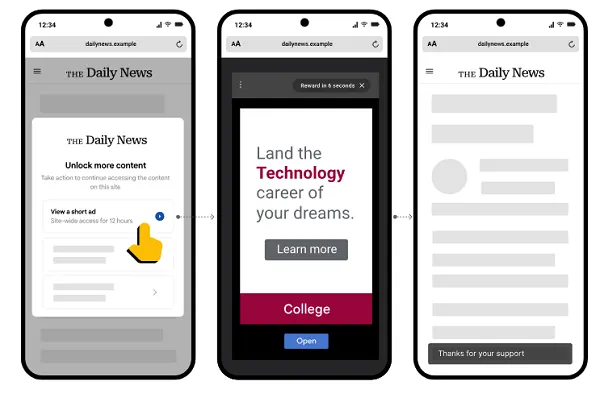

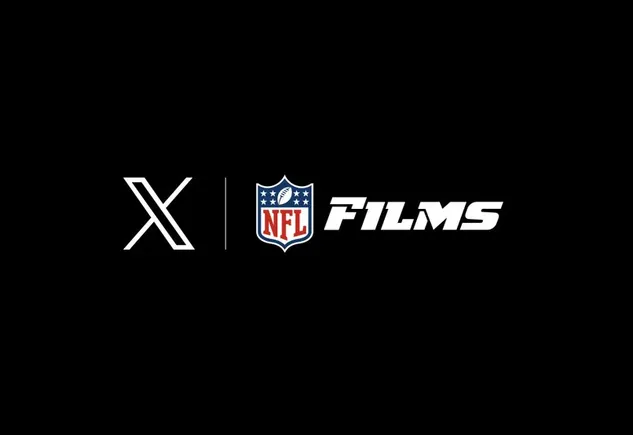







![What Is a Markup Language? [+ 7 Examples]](https://static.semrush.com/blog/uploads/media/82/c8/82c85ebca40c95d539cf4b766c9b98f8/markup-language-sm.png)



